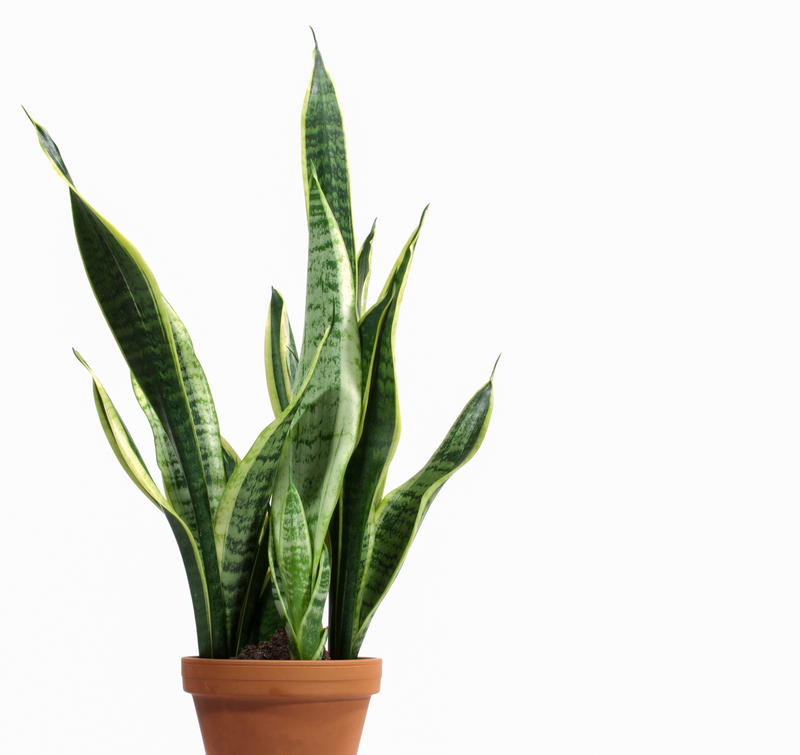Creative Concepts for Engaging Kids in Gardening
Posted on 04/09/2025
Creative Concepts for Engaging Kids in Gardening
Gardening offers a magical world where science, creativity, and nature meet. Introducing gardening activities to children enriches their curiosity, responsibility, and appreciation for the outdoors. This comprehensive guide explores creative concepts for engaging kids in gardening, offering parents, teachers, and caregivers a trove of ideas to foster a lifetime love for plants and the environment.
Why Engage Children in Gardening?
Getting children involved in gardening yields numerous life-changing benefits. Here are some compelling reasons why you should inspire the younger generation to don their gardening gloves:
- Educational Value: Gardening is a hands-on classroom where kids learn about plant cycles, ecology, and healthy food choices.
- Physical Development: Digging, watering, and planting seeds improve fine motor skills and overall physical activity.
- Emotional Growth: Taking care of a plant nurtures patience, responsibility, and self-confidence.
- Environmental Awareness: Gardening helps kids appreciate nature and understand the importance of sustainability.
- Family Bonding: Working together in the garden strengthens family relationships and creates fond memories.

Top Creative Ideas for Getting Kids Excited About Gardening
1. Plant a Rainbow Garden
Kids are drawn to colors! Start with a rainbow garden, where children plant flowers or vegetables of different hues. This activity combines color recognition and encourages kids to care for a variety of plants. Select seeds or seedlings that bloom in reds, oranges, yellows, greens, blues, and purples, then create a layout that lets these colors shine.
- Vegetable Rainbow: Try tomatoes (red), carrots (orange), sunflowers (yellow), lettuce (green), purple cabbage (purple), and blue potatoes (blue).
- Flower Spectrum: Incorporate marigolds, nasturtiums, pansies, and petunias in every shade imaginable.
2. Upcycled Container Gardening Projects
Engage children's creativity by turning recycled materials into plant containers. Upcycled gardening not only teaches kids about plants, but it also imparts the value of reusing everyday items.
- DIY Planters: Use old boots, teacups, yogurt containers, or plastic bottles as pots. Let kids decorate each container with paint or stickers for a personal touch.
- Miniature Gardens: Create a "fairy garden" or "dinosaur garden" inside a recycled box or basin, using tiny plants, stones, and toy figures.
3. Start a Pizza Garden
Transform mealtime into garden time by growing a pizza garden. Kids will delight in nurturing classic pizza ingredients, then harvest them for a DIY pizza night. This engaging concept connects food traditions with homegrown produce.
- Essential Pizza Plants: Tomatoes, basil, oregano, peppers, and onions.
- Layout: Design the garden bed in the shape of a pizza slice, using stones or string to mark each section.
- Harvest Day: Host a pizza-making party using freshly picked herbs and veggies--kids will relish tasting the fruits of their labor!
4. Design a Sensory Garden
Awaken all five senses with a sensory garden for children. Select plants and materials that stimulate sight, sound, taste, touch, and smell, offering an unforgettable and inclusive experience for kids of all abilities.
- Touch: Plant lamb's ear, dusty miller, or soft moss for tactile exploration.
- Smell: Add fragrant herbs like lavender, mint, or rosemary.
- Sound: Use bamboo, ornamental grasses, or wind chimes for calming sounds.
- Taste: Grow cherry tomatoes, snap peas, or strawberries for snacking.
- Sight: Select vibrant blooms such as zinnias and sunflowers.
5. Themed Gardening: Storybook & Character Gardens
Combine the love for reading with plants by growing a storybook garden. Children pick their favorite book or character and recreate its setting using flowers, herbs, and miniature figurines.
- Example: "Peter Rabbit's Garden" featuring carrots, lettuces, and a tiny tool shed.
- Craft Time: Kids can make small garden signs or paint pebble characters to accompany the beds.
Fun Gardening Activities That Foster Learning
Seed Starting Experiments
Let young ones witness the miracle of life by growing seeds in clear containers. Use mason jars or plastic cups, adding soil and a fast-growing seed like beans. Kids can observe roots and shoots as they develop day by day. Encourage them to keep a garden journal recording growth, weather, and watering schedules.
Nature Scavenger Hunts
Design a garden scavenger hunt with a checklist of items: a ladybug, a round stone, a flower in bloom, or a worm. These hunts elevate awareness and spark wonder about the tiny creatures and features of the garden ecosystem.
- Tip: Include riddles or descriptive clues to make the game more engaging and educational.
Composting for Kids
Teach eco-responsibility by setting up a mini composting bin. Show kids how kitchen scraps and garden waste turn into rich soil. Let them monitor what goes in and out and use the finished compost in their plant beds.
- Easy Steps: Use a small bin for food scraps like fruit peels, coffee grounds, and eggshells. Add leaves or shredded paper for balance.
- Observation: Kids can draw or photograph changes weekly to see the decomposition process.
Garden Crafts and Art Projects
Enhance the gardening experience with craft projects that let children personalize their green space.
Painted Plant Markers
- Use stones, popsicle sticks, or even old silverware as plant markers. Have kids decorate each with colorful paints and the name of the plant.
DIY Wind Chimes and Mobiles
- Collect fallen twigs, pinecones, seashells, or old beads to construct garden wind chimes. String them together and hang from a tree or porch for playful movement and sound.
Building Bug Hotels
- Gather sticks, hollow stems, pinecones, and bark to fill a wooden box or old tin can, creating a haven for beneficial insects. Discuss the role these tiny helpers play in pollination and pest control.
STEM Learning Through Garden Exploration
Garden-based science projects are fantastic for children. They encourage inquiry, critical thinking, and problem-solving skills.
Weather Stations
- Set up a simple weather station with homemade rain gauges, thermometers, and wind vanes. Kids can track how weather changes affect plants.
Pollinator Observations
- Challenge kids to watch for bees, butterflies, and other pollinators. Chart sightings together and talk about why these creatures are crucial for healthy gardens.
Plant Geometry
- Map plant beds using shapes or measure the growth of stems with rulers. Link math concepts to real-life gardening activities.
Tips for Maintaining Kids' Interest in Gardening
- Assign Age-Appropriate Tasks: Encourage independence with simple jobs like watering or harvesting for young kids, and let older children help with planting or weeding.
- Set Up a Dedicated Kids' Garden Area: Give children ownership over a small plot or raised bed that's just for them.
- Celebrate Success: Take photos, create a scrapbook, or host a garden party to commemorate milestones and highlight achievements.
- Be Patient and Flexible: Accept that results may not always be perfect and focus on the joy and learning that comes from the process.
Emphasizing Environmental Stewardship
Engaging kids in gardening naturally leads to greater environmental awareness. As children nurture their plants, teach them about conservation practices:
- Water wisely and discuss drought-tolerant plants.
- Reuse and recycle materials for garden projects.
- Choose native plants to support local wildlife and reduce maintenance.
- Encourage organic gardening by avoiding chemical fertilizers and pesticides.

Resources for Further Exploration
There are many excellent resources to help you spark a love for gardening in kids:
- Kid-focused gardening books (e.g., "Roots, Shoots, Buckets & Boots" by Sharon Lovejoy)
- Children's gardening kits and online educational platforms
- Local community gardens, libraries, and 4-H clubs with youth programs
Conclusion: Cultivating a Lifelong Love for Gardening
Gardening with children is about much more than planting seeds; it's about cultivating curiosity, creativity, and stewardship. Through these creative gardening activities for children, you'll inspire wonder and knowledge that can last a lifetime. Whether you're working with a backyard plot, a sunny windowsill, or a recycled container, there are endless opportunities to make the gardening experience fun, meaningful, and unforgettable.
So, gather your little gardeners and embark on a journey filled with mud, laughter, and discovery. The future of our environment starts with the seeds we plant today!



